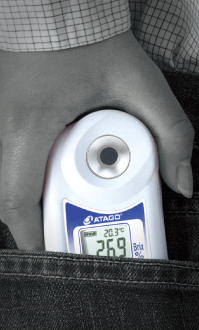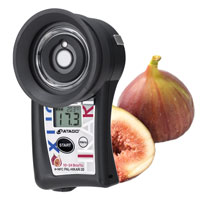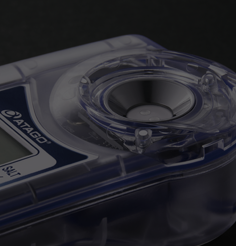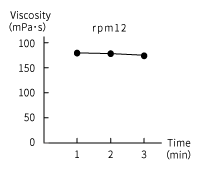 ys
ys
-
News
-
Products
Products

Search by products
Viscometer Meter pH Meter Refractometer In-line Refractometer IR Brix Meter Salt Meter VIEW ALL
Search by application

Search by customers
-
ATAGO Lab
-
HACCP
- Support
- Company
-

- Global



































Customer comments
A manufacture of cleaning solution tests the viscosity when purchasing the raw materials. Viscosity is checked every time the materials are received. For this reason, they chose the portable VISCO™ for its portability and ease of use on site. Additionally, the product development team is also using the VISCO™ to study the correlation between viscosity and cleaning power.